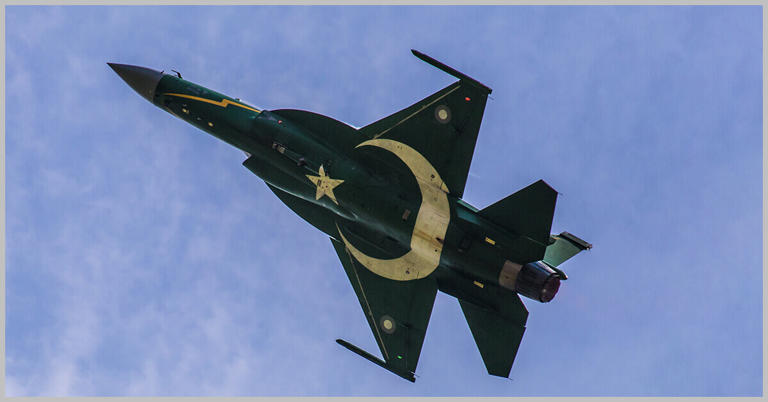Pakistan’s air defence can stop hypersonic weapons, says PAF official
A senior official from the Pakistan Air Force (PAF) has asserted that Pakistan’s air defense systems are fully capable of intercepting hypersonic weapons, marking a significant development in the region’s defense capabilities.
PAF’s Claim on Hypersonic Defense
During a press briefing held alongside the Director General of Inter-Services Public Relations (ISPR), Air Vice Marshal Aurangzeb Ahmed stated that Pakistan’s air defense infrastructure is equipped to counter high-speed threats, including hypersonic missiles. He emphasized the rapid response capabilities of the PAF, highlighting an incident on the night between May 6 and 7, where Indian aircraft attempted to breach Pakistani airspace. According to Ahmed, the PAF responded within two minutes of detection, engaging the threat for over an hour and successfully downing an Indian fighter jet. (Daily Times)
Deployment of Hypersonic Missiles
In a related development, Pakistan has claimed the successful deployment of Chinese-supplied CM-400AKG hypersonic missiles. Footage released by Pakistani authorities shows a JF-17 “Thunder” multirole fighter, co-produced by Pakistan Aeronautical Complex and China’s Chengdu Aircraft Corporation, armed with two CM-400AKG missiles. These missiles were reportedly used to target and destroy India’s S-400 “Triumf” air defense system stationed at the Adampur Air Force Station in Punjab. (Defence Security Asia)
The CM-400AKG is known for its high-speed, high-precision capabilities, designed to penetrate advanced air defense systems. The successful use of such missiles indicates a significant enhancement in Pakistan’s offensive capabilities.(Defence Security Asia)
Strategic Implications
The assertion of hypersonic interception capabilities, coupled with the deployment of hypersonic missiles, suggests a shift in the strategic balance in South Asia. Pakistan’s advancements in missile technology, including the integration of hypersonic weapons into its arsenal, reflect a broader effort to modernize its military capabilities.
These developments are particularly significant given the historical tensions between India and Pakistan, both nuclear-armed nations. The introduction of hypersonic technology into the region’s military dynamics could potentially alter the strategic calculus, emphasizing the need for continued dialogue and confidence-building measures to maintain regional stability.
It’s important to note that while Pakistan has made these claims, independent verification from neutral sources is essential to confirm the capabilities and effectiveness of the systems mentioned.
